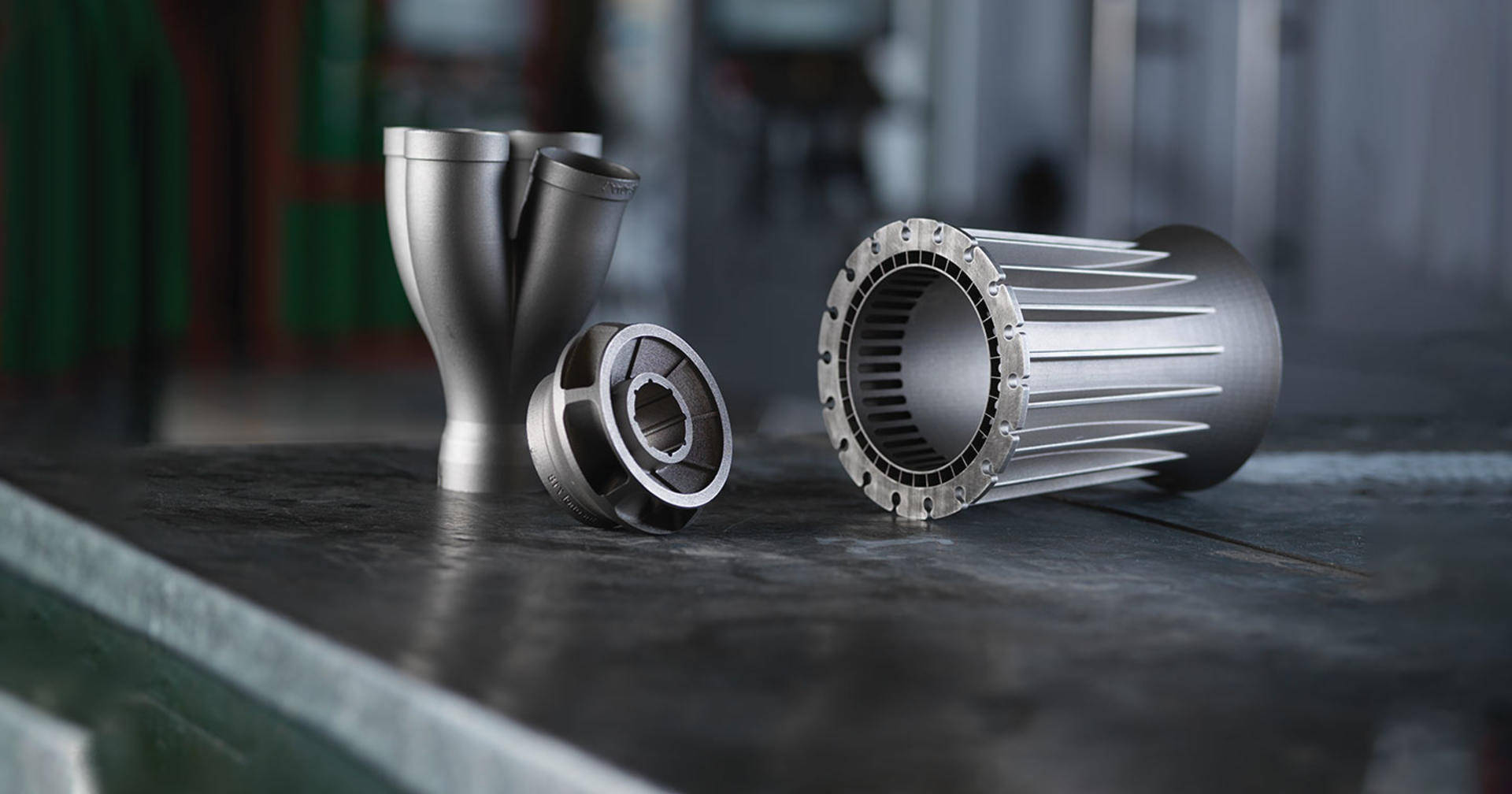Grid Modernization: Metal Stamping Solutions for Smart Grid Infrastructure in the Power Sector+ View more
Grid Modernization: Metal Stamping Solutions for Smart Grid Infrastructure in the Power Sector
+ View more
Date:2023-12-30 16:50
Introduction
As the power sector undergoes a transformative shift towards smart grid technology, metal stamping emerges as a critical solution for modernizing grid infrastructure. This article explores the role of metal stamping in enabling the advancement of smart grids. By examining its impact on high-voltage equipment, electrical connections, renewable energy integration, and grid reliability, we uncover how metal stamping is driving the grid modernization revolution in the power sector.

1. High-Voltage Equipment: Precision and Performance
Metal stamping plays a vital role in the manufacturing of high-voltage equipment, ensuring both precision and performance. From transformers to circuit breakers, metal-stamped components offer precise dimensional accuracy, high electrical conductivity, and mechanical strength necessary for efficient power transmission and distribution. The use of advanced alloys and stamping techniques enables the production of reliable and durable components that meet the stringent requirements of modern smart grids.
2. Electrical Connections: Secure and Efficient Power Flow
Reliable electrical connections are essential for efficient power flow within smart grids. Metal stamping provides solutions for creating secure and efficient electrical connections in various applications such as busbars, connectors, and terminals. With optimized designs and precision stamping processes, metal-stamped electrical components ensure minimal resistance, increased conductivity, and reduced energy losses, fostering the seamless flow of electricity through the grid.
3. Renewable Energy Integration: Enabling a Sustainable Future
The integration of renewable energy sources poses unique challenges in the power sector. Metal stamping technology facilitates the seamless integration of renewable energy systems into smart grids. By manufacturing custom brackets, mounts, and frames through metal stamping processes, these components enable secure installation of solar panels, wind turbines, and other renewable energy systems. Metal-stamped components contribute to the efficient generation, transmission, and distribution of clean energy, supporting the transition to a more sustainable power sector.
4. Grid Reliability: Enhancing Performance and Resilience
Grid reliability is of utmost importance in the power sector. Metal stamping ensures the production of robust components that enhance the reliability and resilience of smart grid infrastructure. Through advanced materials, precise manufacturing processes, and stringent quality control, metal-stamped parts exhibit superior mechanical strength, resistance to environmental factors, and extended service life. This enhances the overall performance and reliability of the grid, reducing the risk of power outages and improving system stability.
5. Customization and Innovation: Meeting Evolving Demands
Metal stamping provides customization and innovation opportunities in the development of smart grid infrastructure. The versatility of metal stamping techniques allows for the fabrication of components with complex shapes, sizes, and configurations tailored to specific grid requirements. This customization capability enables the adaptation of smart grid systems to evolving demands, such as the integration of advanced communication technologies, energy storage systems, and electric vehicle charging infrastructure.
6. Collaborative Advancements: Driving Progress Together
Collaboration among metal stamping experts, power system engineers, and research institutions fuels advancements in smart grid technology. By combining knowledge and expertise, these collaborations lead to improvements in stamping techniques, material science, and design optimization. Continued collaboration drives ongoing progress in metal stamping technologies, supporting the continuous development and implementation of smart grid solutions for a more efficient and resilient power sector.
Conclusion
Metal stamping solutions are propelling the grid modernization revolution in the power sector by enabling high-voltage equipment manufacturing, secure electrical connections, renewable energy integration, and enhanced grid reliability. With its role in customization, innovation, and collaborative advancements, metal stamping is driving the evolution of smart grids to meet the needs of an increasingly digital and sustainable future. As the power sector continues its transformation, metal stamping will remain at the forefront, powering the growth of smart grid infrastructure and delivering a more efficient, reliable, and environmentally friendly power system for generations to come.
Share to:
Recommend wonderful blog posts

